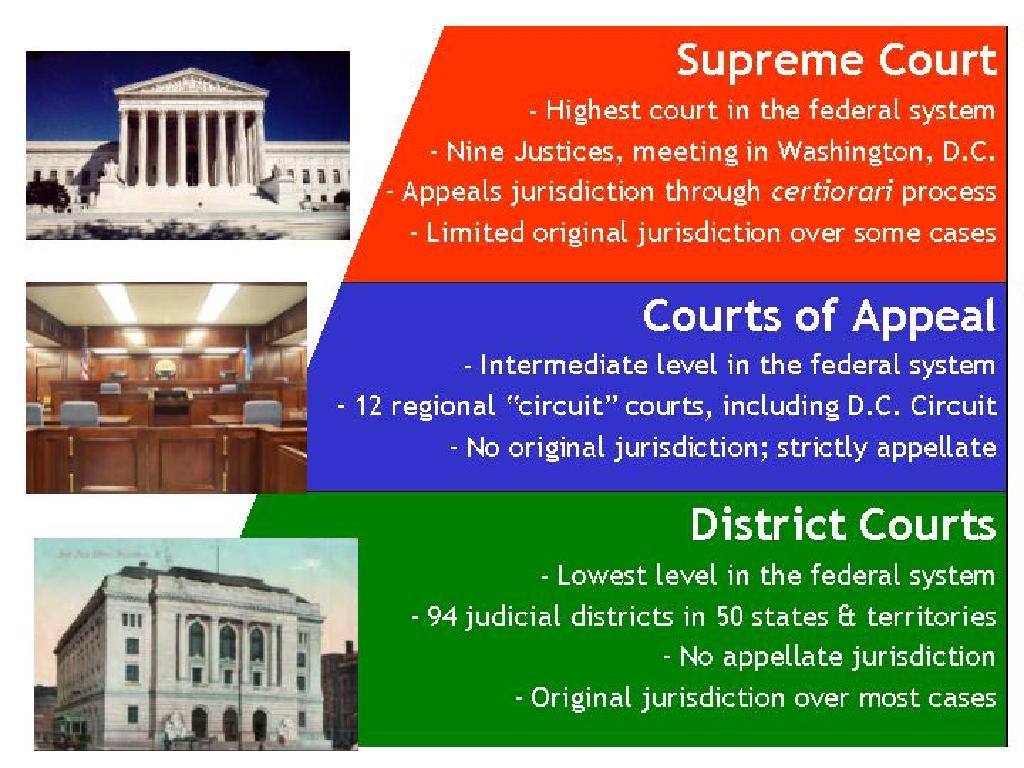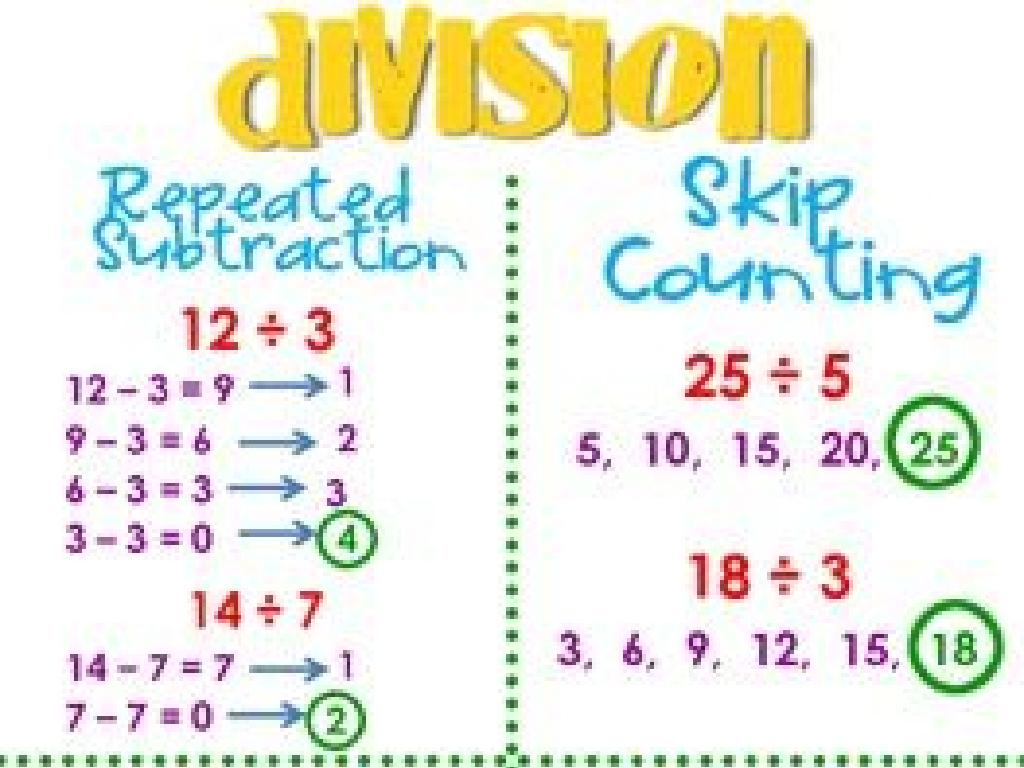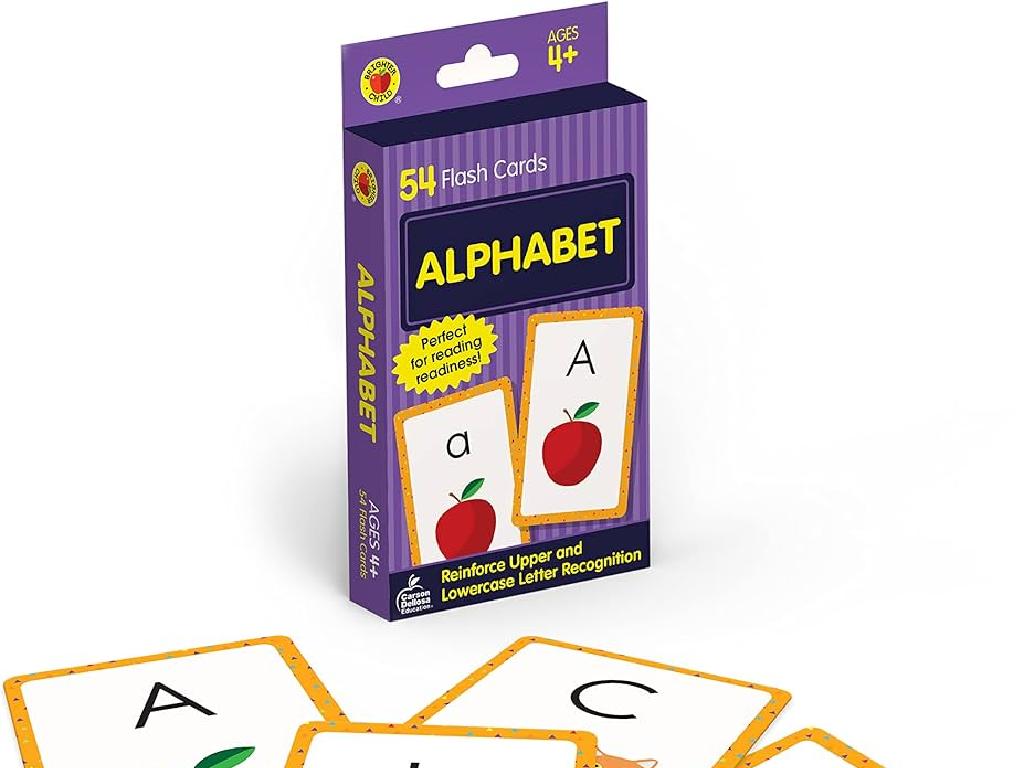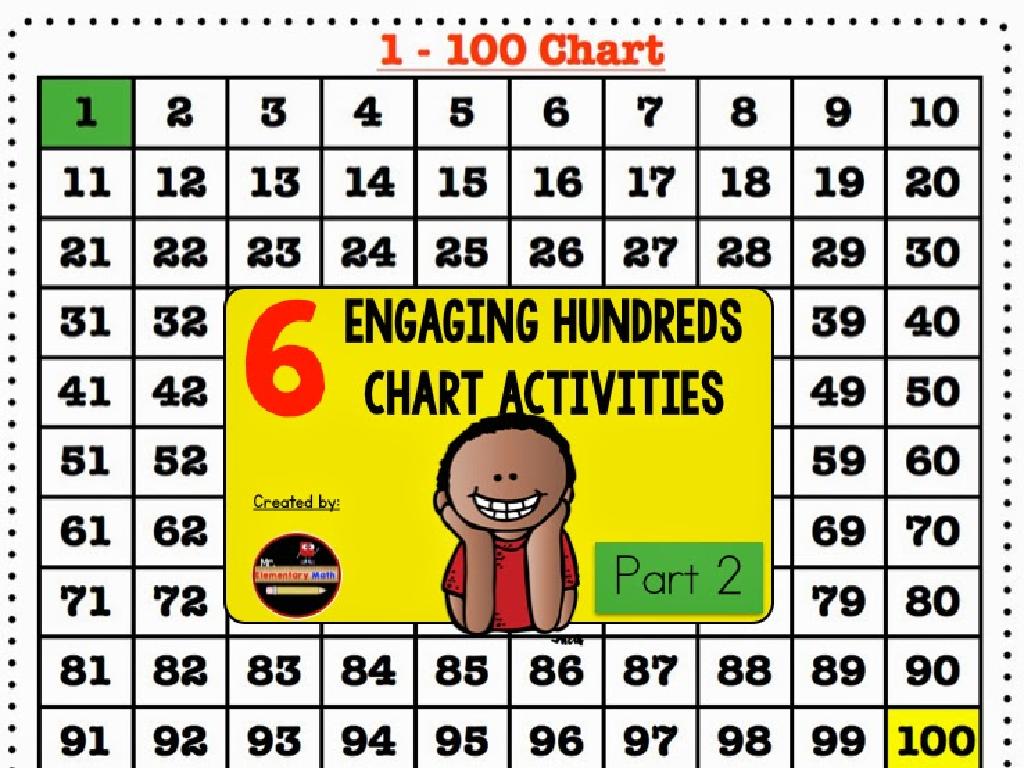Complete A Table From A Graph
Subject: Math
Grade: Fifth grade
Topic: Variable Expressions
Please LOG IN to download the presentation. Access is available to registered users only.
View More Content
Introduction to Variable Expressions
– Understanding variables in math
– Variables are symbols that represent numbers
– Defining variable expressions
– A combination of variables and numbers to show operations
– Importance of variable expressions
– They help us solve problems and understand relationships
|
This slide introduces the concept of variable expressions to fifth-grade students. Begin by explaining that variables are symbols, like letters, that take the place of numbers we may not know yet. Then, define variable expressions as mathematical phrases that can include numbers, variables, and operation signs. Emphasize the importance of variable expressions in solving math problems and understanding patterns or relationships between numbers. Use simple examples to illustrate these points, such as using ‘x’ or ‘y’ to represent unknown quantities in equations. Encourage students to think of variables as placeholders or mystery numbers that they get to find out. This foundational understanding will be crucial as they progress in math, especially in algebra.
Understanding Graphs and Data
– What is a graph?
– A visual way to represent data or information
– Explore types of graphs
– Bar graphs show amounts, line graphs show changes over time, and pie graphs show parts of a whole
– How to read data from graphs
– Look for titles, labels, and scales to understand the information
– Practice with examples
|
This slide introduces students to the concept of graphs as a visual tool for representing data. Begin by explaining that a graph is a picture that shows how different things are related to one another. Introduce the three common types of graphs: bar, line, and pie, and discuss when each type is used. Bar graphs are useful for comparing amounts, line graphs are good for showing data over time, and pie graphs are best for showing parts of a whole. Teach students how to read the title, labels, and scales on a graph to interpret the data it presents. Provide examples of each type of graph and guide students through the process of reading and extracting information from them. Encourage students to ask questions and engage in activities where they practice reading and completing tables from given graphs.
Graphs to Tables: Making Connections
– Graphs and tables relationship
– Both display data visually, but in different formats.
– Translate graph data to table
– Use graph points to fill in table rows and columns.
– Example: Line graph to table
– See how a line graph’s points become a table’s entries.
– Practice with different graphs
|
This slide introduces the concept of converting information from graphs to tables, a key skill in understanding variable expressions. Start by explaining how graphs and tables serve similar purposes in representing data visually, yet in distinct ways. Graphs show data points plotted on an axis, while tables organize data into rows and columns. Provide an example by taking a simple line graph and demonstrating how each point on the graph corresponds to a row in a table. Encourage students to practice this skill by looking at different types of graphs and filling in tables with the data they find. This will help them to better interpret and organize information, a fundamental aspect of mathematical literacy.
Completing a Table from a Graph
– Identify key points on the graph
– Look for where lines intersect grid lines
– Fill in the table with graph data
– Record the x and y values of each point
– Check accuracy of data translation
– Compare table values with the graph
– Practice with different graphs
|
This slide is aimed at teaching students how to accurately transfer information from a graph to a table. Start by explaining how to identify key points on a graph, such as where a line crosses the grid lines. Students should then use these points to fill in a table with the corresponding x (horizontal axis) and y (vertical axis) values. Emphasize the importance of double-checking their work to ensure the data in the table matches what’s shown on the graph. Provide several examples of different types of graphs for students to practice with, and encourage them to explain their process to ensure understanding.
Graphs to Tables: Practice Example
– Review example graph together
– Fill in the table as a class
– Use graph data points to complete table entries
– Discuss steps and strategies
– Share how we identify patterns and use them
– Address any challenges faced
– Open discussion about difficulties and solutions
|
This slide is aimed at providing students with a practical example of how to translate information from a graph into a table. Start by reviewing the example graph as a class, ensuring that students understand how to read the graph. Then, work together to fill in the corresponding table, using the data points from the graph. Discuss the steps taken during this process, including how to identify and apply patterns in the data. Finally, encourage students to talk about any challenges they encountered and how they overcame them. This activity will help solidify their understanding of variable expressions and the relationship between graphs and tables.
Class Activity: Graphs to Tables
– Group activity: create a graph
– Translate graph to a table
– Use graph data to fill table columns
– Share your table with the class
– Discuss findings as a group
– Talk about patterns you notice
|
This activity is designed to help students understand the relationship between graphs and tables. Divide the class into small groups and provide them with graph paper and markers. Each group will create a simple graph based on a dataset or a hypothetical scenario. After completing their graphs, students will then translate the information into a table format. Encourage them to pay attention to how the x-axis and y-axis of the graph correspond to the rows and columns of the table. Once the tables are completed, each group will share their table with the class and discuss any patterns or observations they made during the activity. This will help reinforce their understanding of variable expressions and how data can be represented visually and numerically.
Concluding Variable Expressions
– Review: Graphs to Tables
– How we convert graph data into a table format
– Accuracy in Data Representation
– Correct data ensures reliable conclusions
– Q&A Session
– Time to clarify any doubts or confusion
– Recap Key Points
|
As we wrap up today’s lesson on converting graph data into table format, it’s crucial to emphasize the importance of accuracy when representing data. Mistakes in data can lead to incorrect conclusions, which is why double-checking work is essential. Open the floor for a Q&A session, allowing students to ask any lingering questions they may have. This will help ensure that they have a solid understanding of the material. Finally, recap the key points from today’s lesson to reinforce learning and provide a clear summary of what has been taught.






